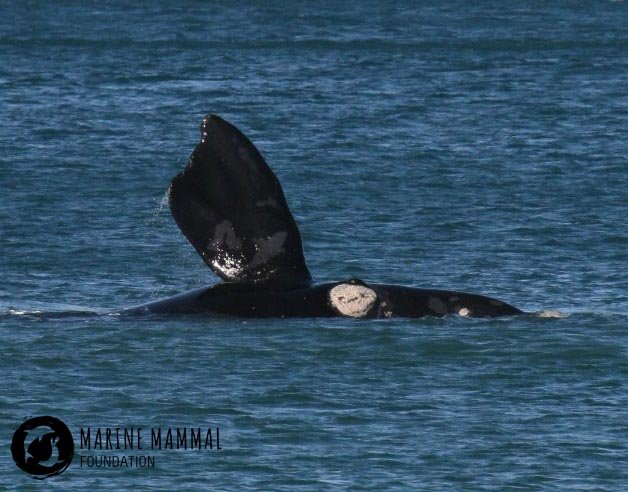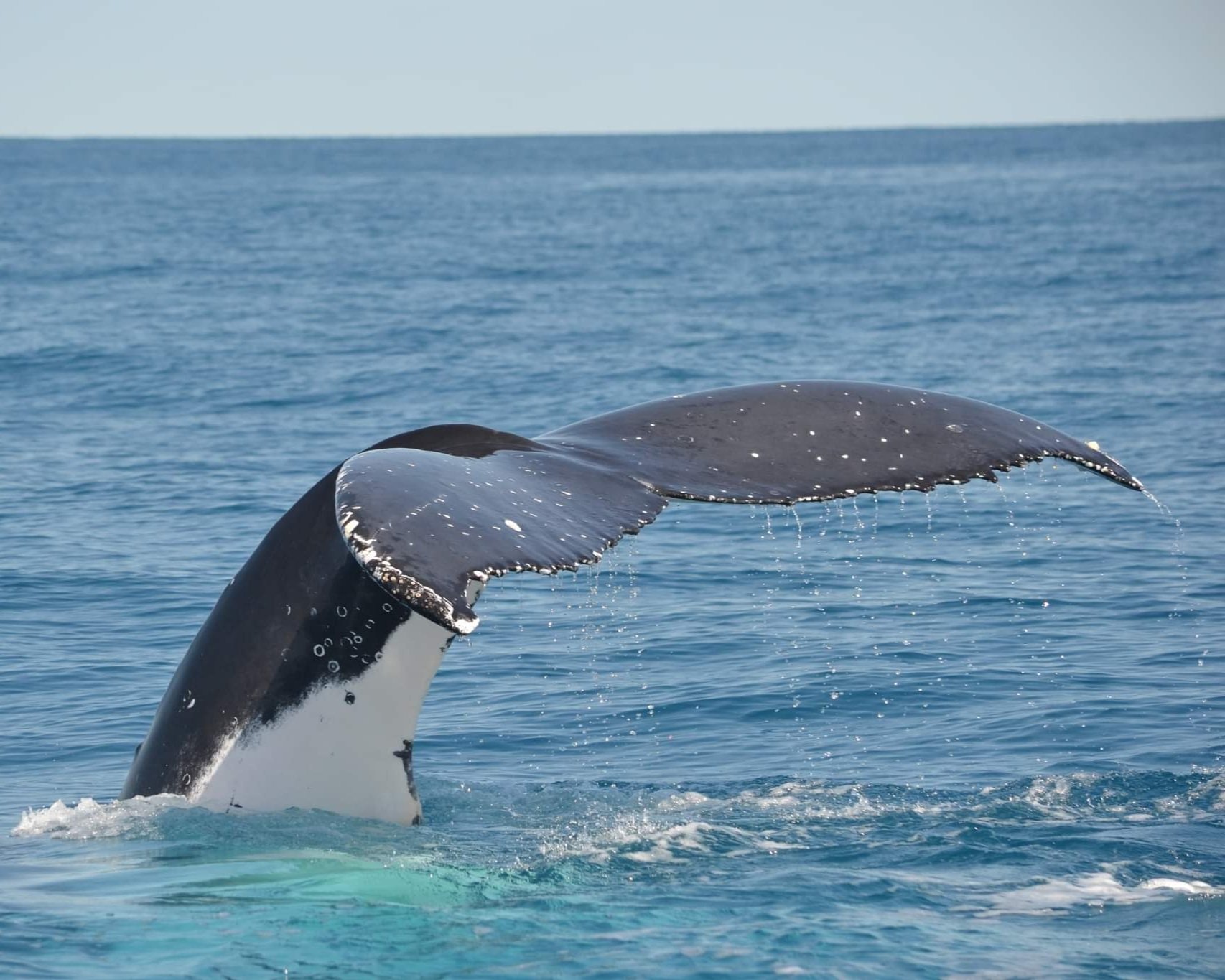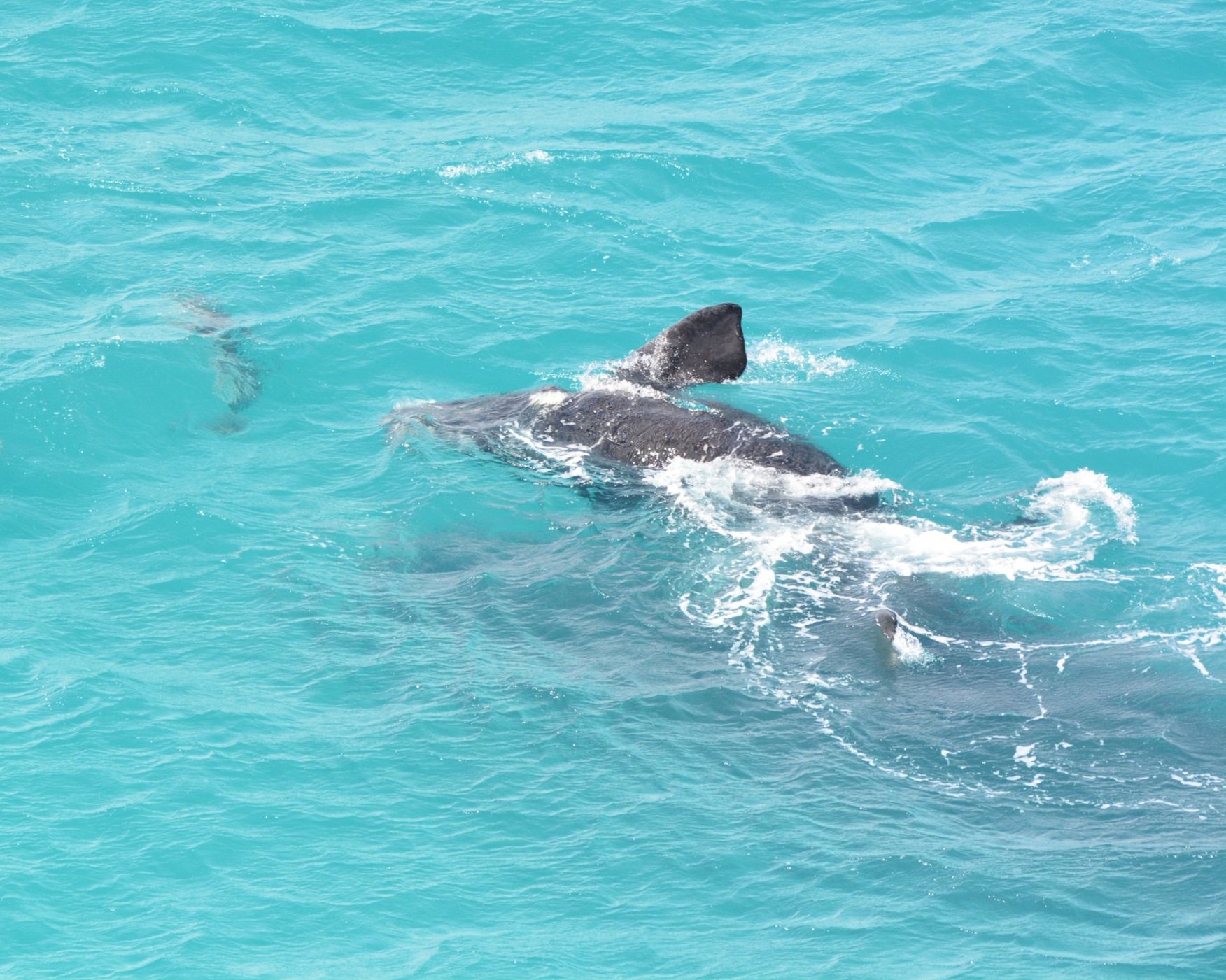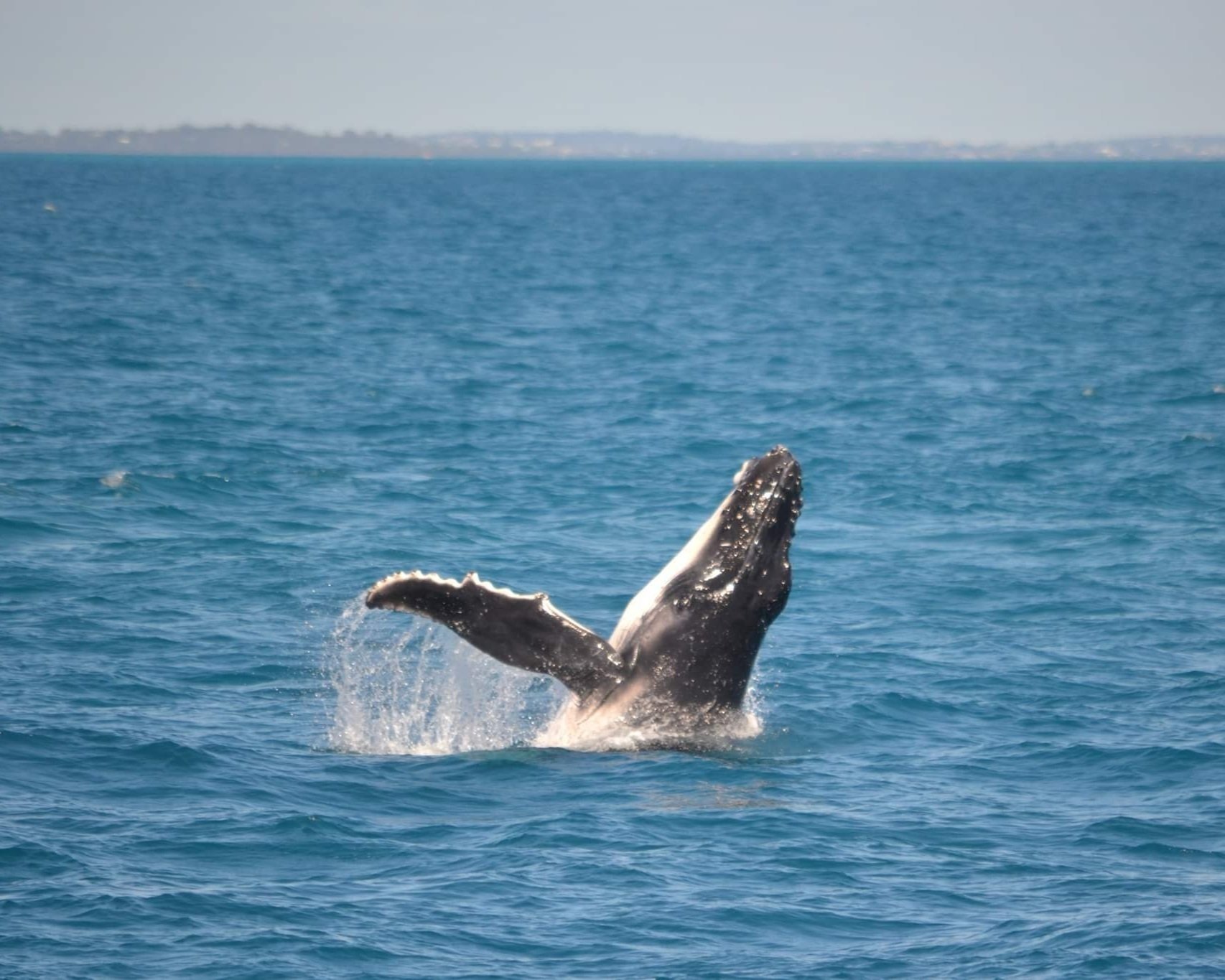Making a move: whale migration
Written by Sue Lawson, Marine Champions Leader
Did you know that approximately 31 species of the world’s 90 Cetacean species are found in Victorian waters?
While many species, including the Burrunan Dolphin (Tursiops australis) and the Orca or Killer Whale (Orcinus orca) can be spotted throughout the year, other species are only found in Victorian waters between April and November. The most commonly sighted during these months are humpback whales (Megaptera novaeangliae) and southern right whales (Eubalaena australis).
Each year from around April, humpback and southern right whales migrate from the icy, food-rich Antarctic seas to warmer waters along the Australian coastline. The actual time of migration varies from year to year, depending on many conditions, including ocean temperature.
Both species spend time in Victorian water, however only the southern right whale stays for an extended period of time.
The southern right whale migrates to the southern Australian coastline to calve and mate. Humpback whales, however, travel between 10,000 and 16,000 km from Antartica through Victorian waters to the Queensland’s tropical coast to mate and calve. Theirs is one of the longest migrations in the animal kingdom. In the warmer tropical water, humpbacks breed and care for their calves.
Both species belong to the baleen (Mystectes) whale suborder. Instead of teeth, baleen whales have long plates called baleen that hang from their upper jaw. These plates sieve prey, such as krill and plankton, from sea water. Baleen whales have two blowholes, not unlike our nostrils. Each whale has its own distinctive blow.
Where to see southern right and humpback whales in Victoria
Spotting a whale requires keen eyesight, a little knowledge, a sprinkling of luck, but most of all, patience.
Southern right whales are the most commonly spotted of the two species in Victorian waters. Cows (females) tend to stay close to shore, sometimes just beyond breakers and tend to favour one spot while the calf is young. Once the calf is a little older and stronger, the mother and calf pair will cruise up and down the coast.
From late May you may see southern right whales in the west of the state off Logans Beach in Warrnambool, in Portland bay, or along the Great Ocean Road. They are also sighted from Cape Schanck, The Nobbies, Pyramid Rock, on Phillip Island and along the Bass Coast. Travellers on the Queenscliff and Sorrento Ferry have even spotted a southern right whale or two. If you’re really lucky you might even spot a whale playing with a pod of dolphins.
Humpback whales are a little harder to spot as they tend to pass Victoria further out to sea. However, they can sometimes be seen from land at Cape Bridgewater, Phillip Island and in Port Phillip Bay.
What am I looking at?
It’s all very well to scan the ocean for whales, but how will you know what you are looking at?
Southern right whales are black to grey, with white belly patches. They have a rounded, stocky body with no dorsal fin and short, blunt pectoral fins. Their head is blunt and takes up about a third of their body. Southern right whales can look like very large logs floating in the water, especially when they are pregnant. It’s hard to tell from the land, but these mammals can weigh up to 80 tonnes and reach 17 metres in length.
One of their most unusual features are the raised patches of skin called callosities on their head and chin. Callosity patterns are unique to each whale, and are used by scientists to identify individuals. Southern right whales have a distinctive V-shaped blow. While they aren’t as aerobatic as humpback whales, they do breach, spy hop, slap their pectoral fins and tails on the water and roll to expose their bellies to the sky.
Image courtesy of GABRWS.
Humpback whales have a longer, more streamlined body shape than southern right whales. They have mostly black to dark grey bodies with white belly patches. Pectoral fins and the underside of tail flukes also have white markings. Each whale’s tail has a unique tail pattern, which allows scientists to identify individuals. Humpbacks have a small hump in front of their dorsal fin and very long pectoral fins. Pectoral fins can be up to four metres in length. Another of the humpback’s distinguishing features is the throat pleats, or grooves, which expand when the whale feeds. Again, it’s hard to tell from land, but humpback whales weigh up to 40 tonnes and grow to up to 18 metres long. The females are generally about a metre longer than males.
Humpback whales are renowned for their acrobatic behaviour, including spectacular breaches, spy hopping and pectoral fin and tail slapping. Their acrobatics and blow, which can be up to 4 metres high, can be spotted from the shore…if you’re paying attention. A humpback whale has a tall, bushy blow.
What do do once spotted…
When you do spot a whale or two, take a moment to reflect on just how lucky you are to see these amazing creatures. Not so long ago, due to whaling, both species were on the edge of extinction. Today, while southern right whale numbers are slower to recover, humpback whale numbers are steadily growing, and so too is our understanding of these beautiful creatures.
Each one of us can play an important role in helping researchers learn more about whale and other marine mammal habits by recording whale or dolphin sightings. This information not only builds knowledge, but helps researchers understand areas of significance for these creatures.
You can log your sighting on our website, https://www.marinemammal.org.au/trakmm or on any of the following sites.
Dolphin & Whale Spotting Victoria Facebook page: https://www.facebook.com/groups/298432527922744
Happy Whale: https://happywhale.com/home







